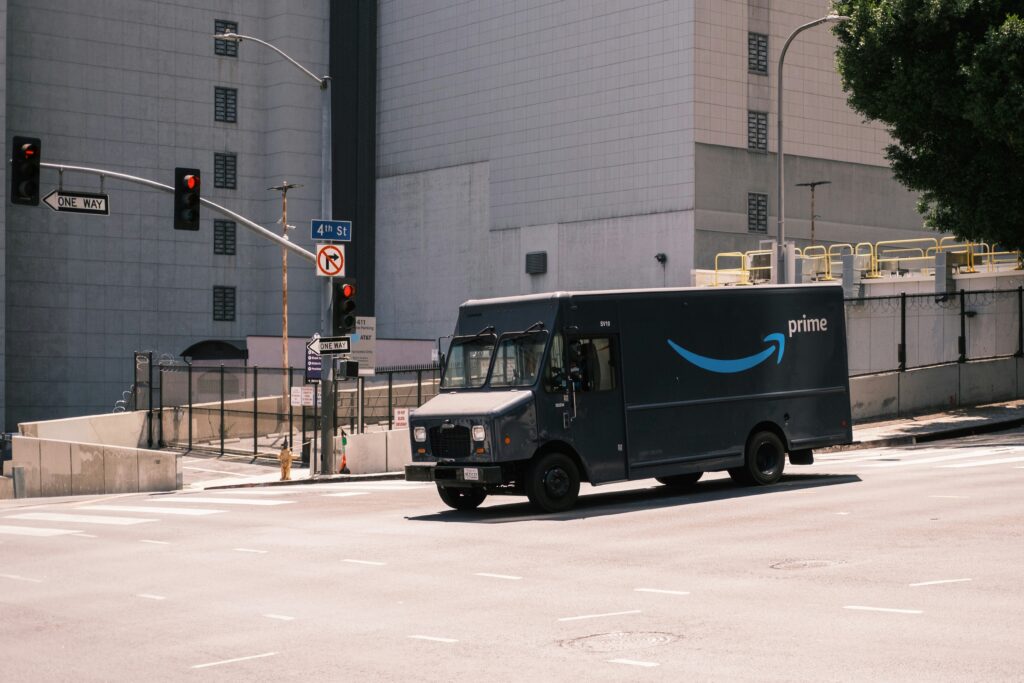Expanding your brand into Amazon Europe might sound intimidating at first, but it is one of the smartest growth moves a US seller can make right now. With the US marketplace getting more competitive by the minute, Europe offers breathing room, loyal customers, and untapped niches just waiting to be claimed.
But let’s be honest. If you go in unprepared, you will hit walls fast. Europe is not just another region. It is a complex mix of countries, regulations, and consumer behaviors. You need a solid plan and the right setup before you hit launch. This checklist will show you exactly what you need to cover to go from hesitation to execution.
1 Register for VAT in every country you plan to sell in
If you are selling physical goods in Europe, Value Added Tax is something you cannot ignore. You need a VAT number in each country where you store inventory. Skipping this leads to compliance issues, account holds, and unnecessary stress.
2 Set up imports and handle customs properly
You cannot sell what you cannot move. That means registering as an importer of record and having your customs documentation in order. Make sure your product codes are accurate, your paperwork is clean, and your duties are correctly calculated. This might sound boring, but it is what gets your products through the border and onto the virtual shelves.
3 Protect your brand through the EU Brand Registry
Your brand identity is valuable. The EU Brand Registry helps you keep control of your listings and shields you from copycats or hijackers. If you already have a US trademark, you will need an EU trademark to qualify. Once in, you unlock access to enhanced content, brand analytics, and better listing authority.
4 Choose your fulfillment strategy wisely
Most sellers choose Amazon FBA because it connects you to customers across Europe quickly through the Pan-European Fulfillment Network. It is fast and reliable. However, depending on your products and margins, working with a third-party logistics provider might give you more flexibility or better costs. Compare the two options and decide what fits your long-term goals.
5 Localize your listings with native speakers
Machine translations do not sell products. European consumers want listings that feel natural and clear in their language. That means hiring native speakers who understand not only grammar, but also tone and cultural context. This is more than translation. It is about speaking your customer’s language in a way that builds trust and drives sales.
6 Adapt your ad campaigns to each country
Advertising in Europe is not one-size-fits-all. Every country has its own search behavior, holidays, and buying patterns. Keywords that convert in Germany may flop in Italy. Build unique campaigns for each marketplace and be ready to test, tweak, and localize both your messaging and targeting.
7 Track profits with the right tools
European operations come with different fees, taxes, and shipping costs. If you rely on your US-based profit tracker, you might miss critical data. Use tools or dashboards that factor in country-specific costs so you know exactly where you stand. Without that visibility, your margins could quietly disappear.
Final thoughts
Entering Amazon Europe requires more effort than simply listing your products. But once the key pieces are in place, it becomes a highly scalable and profitable expansion path. Cover the essentials, invest in local expertise, and move with intention.
Europe is not your side project. It is your next big move.

